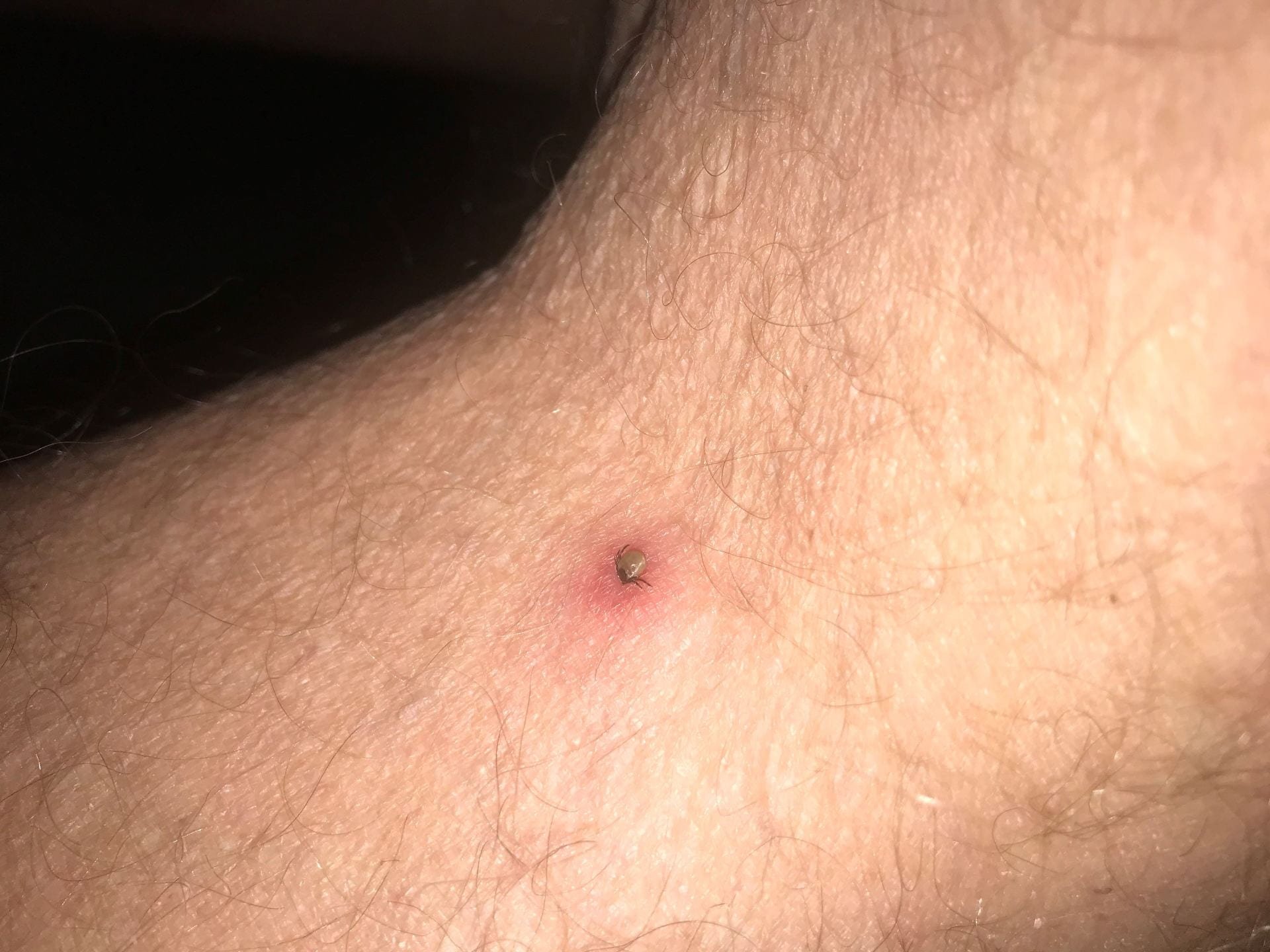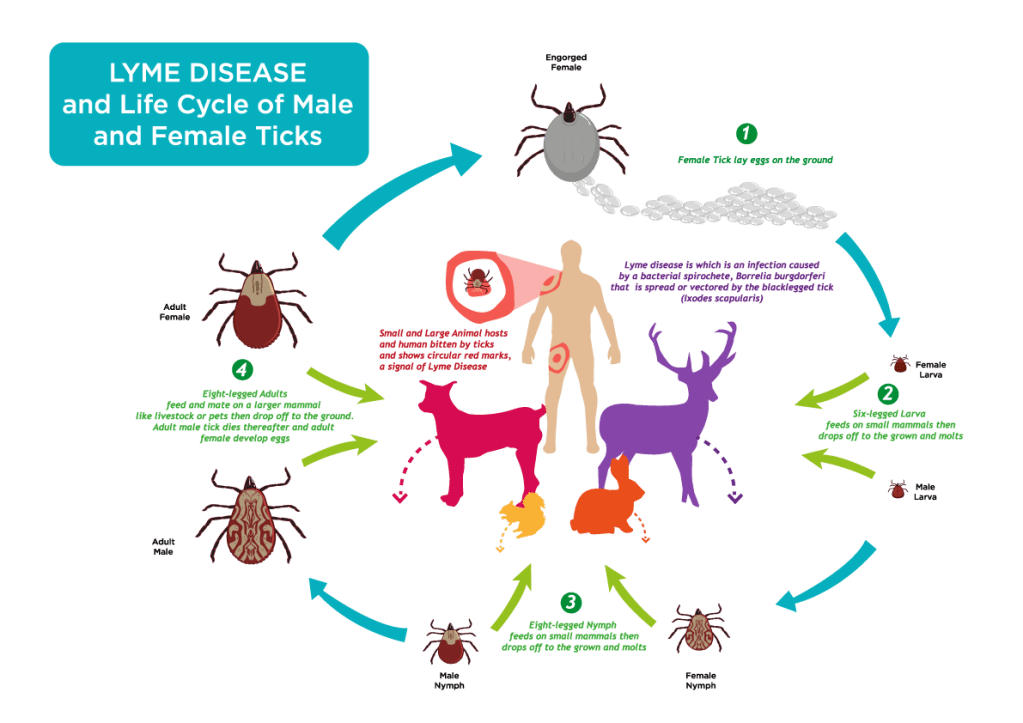Top Ten things you should know about Ticks

As summer advances ticks are becoming more active, and more outdoor enthusiasts are finding these unpleasant critters embedded in their skin.

- Ticks are arachnids, and related to spiders and scorpions. They have a 3-stage life cycle, larvae, nymph and adult. At each stage they need a blood meal to grow, ticks feed on small mammals, deer and sheep and will bite humans. They are most active in late spring and summer.
- Tick bites do not hurt, therefore you will not know if one has bitten you. They prefer warm and damp parts of the body, particularly the hairline, navel, waist, groin and behind the ears and knees.
- Initially ticks can be very small, about the size of a poppy seed, but will swell as they become engorged with blood. If you find a tick on you or one of your children do not pick, scratch, burn, drown or squeeze it, as it will vomit it stomach contents into your blood stream and pass on any infections it may carry.
- Ticks generally do not feed for the first 24 hours, so you have time to check yourself in the shower when you get home.
- To remove an embedded tick use a specialised tick removal tool, either a ‘tick hook’ or a ‘tick lasso’. Narrow end tweezers will also help, but remember to grab by the head, and not the body.
- Ticks carry a bacterial disease called Lyme borreliosis, or Lyme disease, not all ticks carry it, they get it by sucking the blood of infected animals.
- Around 50 -100 cases of Lyme disease are reported in Ireland each year, if you think you are infected you should see your GP, who will run tests to determine whether you have Lyme disease and whether to give a course of antibiotics.
- Symptoms may appear after 3 or 4 days, but may take several weeks to appear. Common symptoms are a bullseye rash at the site of the bite, and flu like symptoms, headache, fatigue and fever.
- Regular campers, hikers and fishermen are most at risk, and these groups would be wise to carry a tick removal device with them.
- Ticks climb tall foliage and drop onto animals as they brush past. To avoid being bitten stay on tracks and paths and away from bracken and other tall foliage in the summer. Wear long sleeves, and particularly long trousers, and tuck trousers into socks or wear gaiters. Applying insect repellent to clothes will also help.
